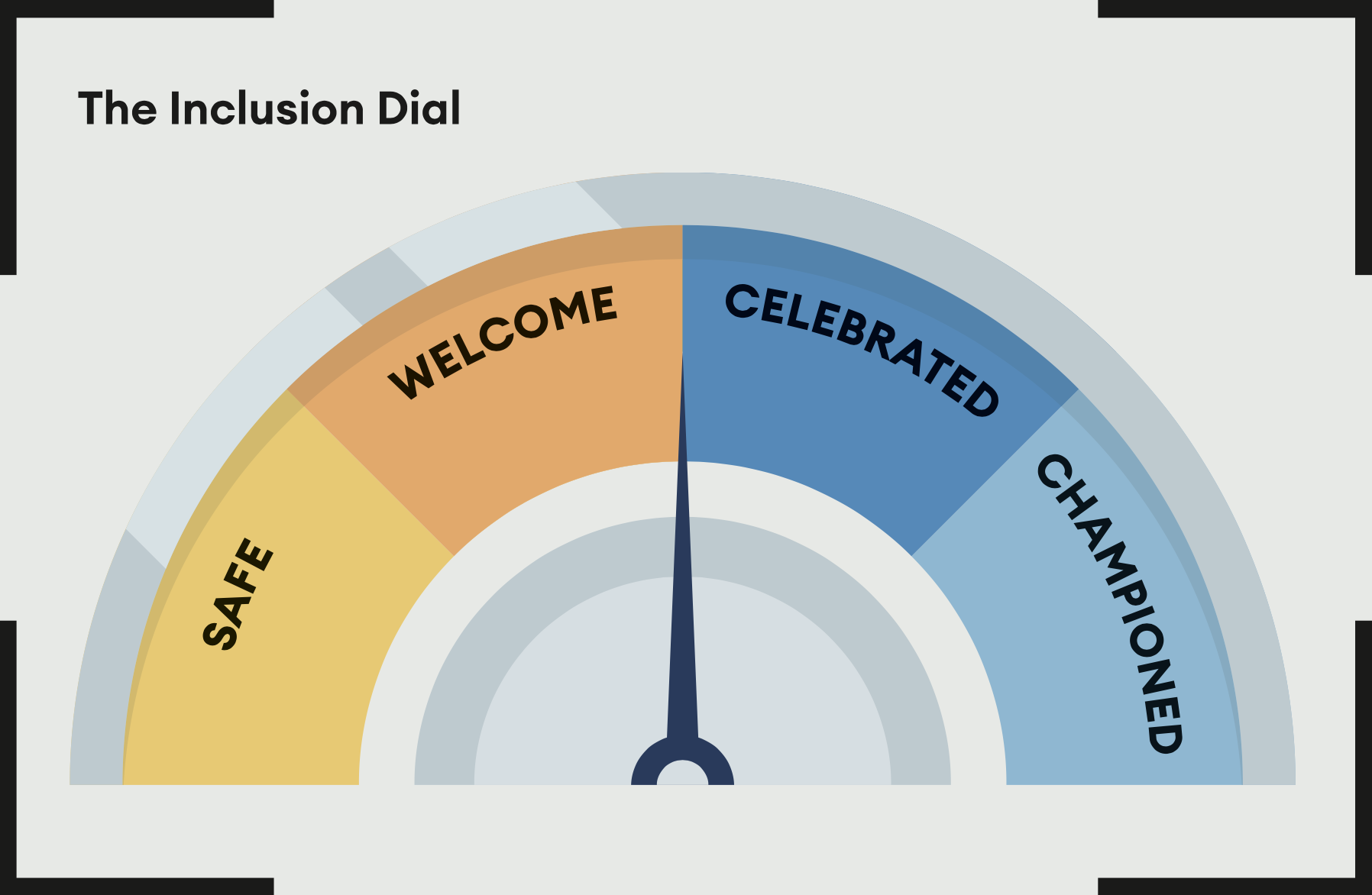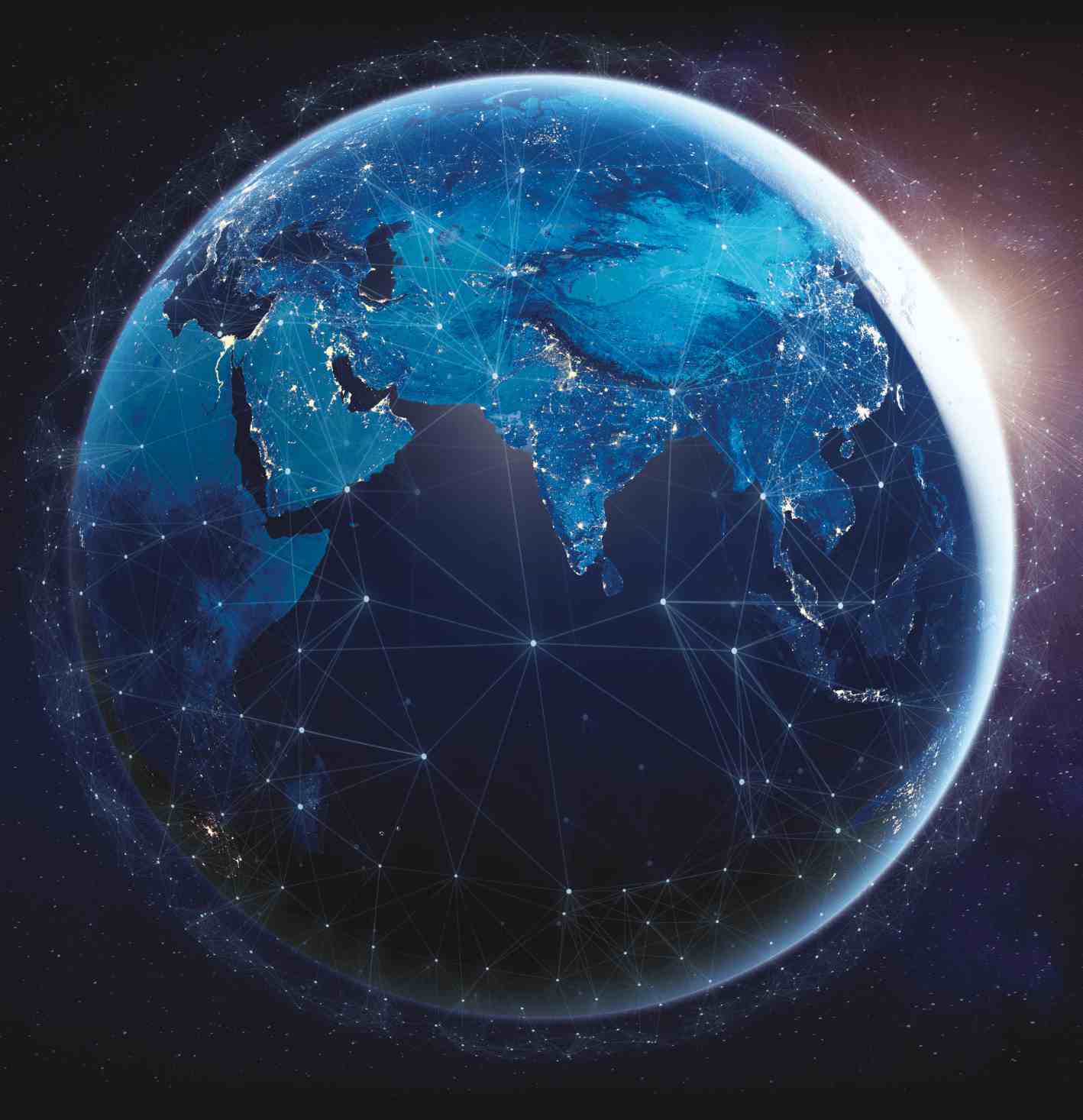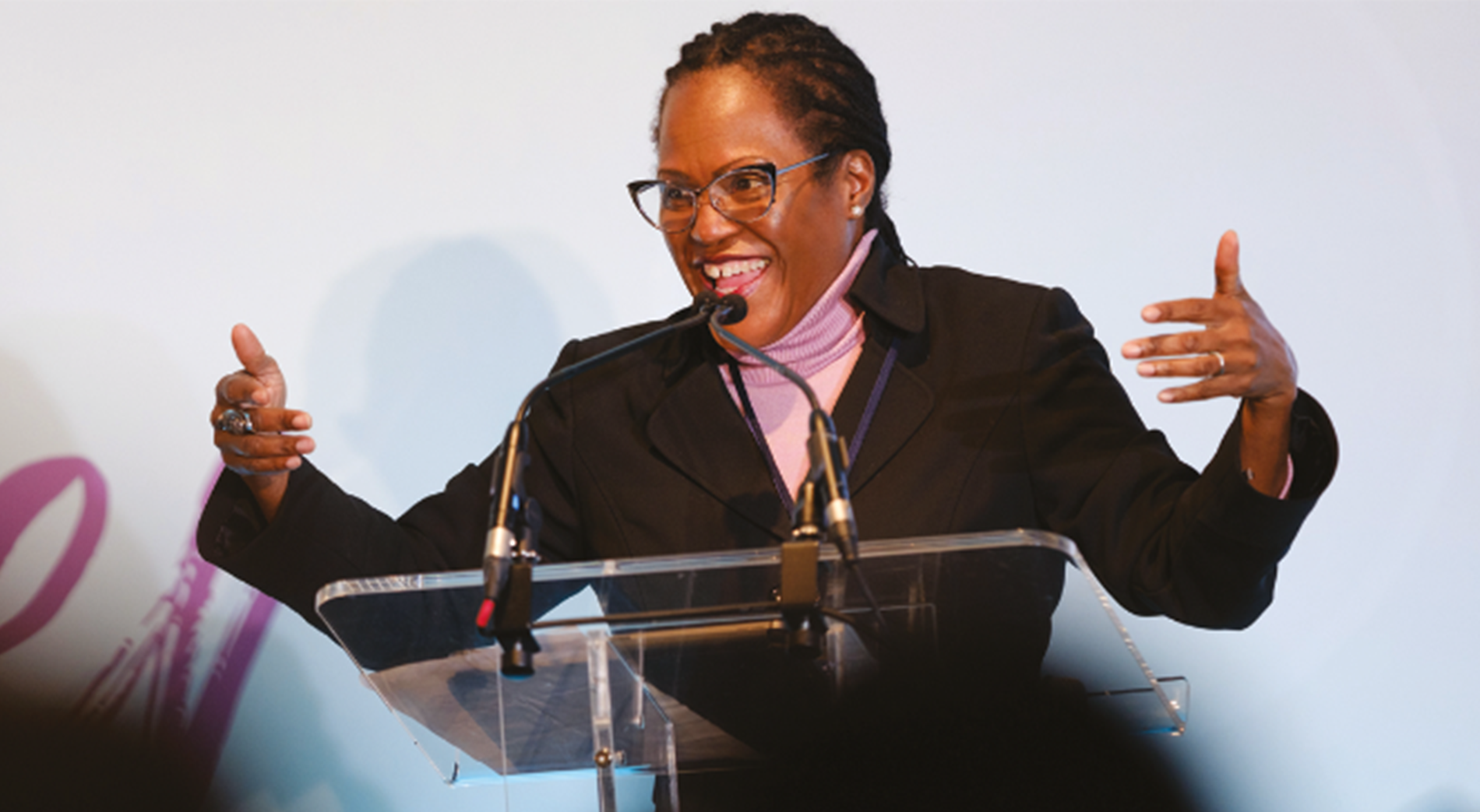Leaders can only move quickly to fix the problems they face through truly inclusive teams.
Speed has gotten a bad name in business, much of it deserved. When Meta (née Facebook) printed “Move fast and break things” on cheerful company posters, it became the most visible convert of a widely held belief that we can either make progress or take care of people, one or the other. A certain amount of wreckage is the price we have to pay for inventing the future.
We’ve spent much of the last decade helping companies clean up that wreckage. One of the main lessons from our work is that the trade-off at the heart of this worldview is false. The most effective leaders solve problems at an accelerated pace, while also taking responsibility for the success and well-being of their customers, employees, and shareholders. They move fast and fix things.

The change leader’s playbook
Effective change leaders invest as much time and energy into building trust – and, yes, sometimes rebuilding it – as they do into building speed. Speed unleashes your organization’s energy and reveals where you’re going. Trust convinces your stakeholders to come along for the ride.
We have found that the more trust leaders earn, the faster they are able to change things in truly enduring ways. Trust is the cultural architecture on which an accelerated pace is built.
Trust also makes it possible to build teams that are truly inclusive, an advantage that help leaders win. In all the flux and churn of the diversity, equity and inclusion (DEI) debate, this is the part of the story that sometimes gets muddled. Among other payoffs, inclusion makes us smarter, more innovative, and more profitable. Inclusion increases our collective access to knowledge, which enables us to see our competitive landscape more clearly. Inclusion delivers all of this (and more!) without hiring lots of new people or investing in expensive technology.
No other organizational upgrade you’re contemplating can compete with those kinds of returns.
Placing a true value on difference
Inclusion is the act of creating conditions for other people to thrive, not in spite of their differences as complex, multidimensional humans, but precisely because of those differences. When team members can bring their individual differences to work, the team is more capable of meeting stakeholder needs – and less prone to making unforced errors. Inclusion creates a flywheel of trust that allows you to do everything else faster and better.
This doesn’t mean inclusion is easy to pull off. The inconvenient truth is that building an inclusive team or organization takes effort. You can’t throw a diverse group of people together and hope for the best. In fact, this often makes things worse. Diverse teams reliably underperform homogenous teams unless you first do the work to make those teams inclusive. That’s the bad news.
The good news is that when you do that work, inclusive teams end up, to use a technical term, thumping everyone else. They may move more slowly in the short term, but they make up the speed over time and produce consistently better outcomes. (See Henrik Bresman and Amy Edmondson’s article, “Research: To Excel, Diverse Teams Need Psychological Safety,” Harvard Business Review, 2022.)
Kevin Nolan, chief executive of GE Appliances, put it this way as he reflected on his own campaign to build a company that could compete and win on inclusion: “Diversity is uncomfortable. I think it’s been sold in corporate trainings like it’s going to be nirvana. It’s not. It’s going to be more uncomfortable. But you’re going to get better results.” In our experience, Nolan is right, which is why organizations need a very clear ‘why’ to push through the discomfort.
Everybody wins
It’s not just underrepresented employees who benefit from getting inclusion right. We are all better off in inclusive spaces where we can bring a more authentic version of ourselves to work. We feel better, build more trust, and are more likely to contribute our unique stores of knowledge, information and experience.
That last one – the unique contribution part – turns out to be a big deal. Getting people to share what they know that other people don’t know is a key driver of performance. This pattern is explained by something called the common information effect, which sounds benign and technical but should be entering the story accompanied by scary music and other clues to its pernicious effects.
The common information effect works like this. As human beings, we tend to focus on the things we have in common with other people. We seek out and affirm the knowledge we share, as it signals our value and kinship with the group. In diverse teams, by definition, this instinct limits the amount of information that’s available for collective decision-making. Diverse teams simply have less shared knowledge to work with, which explains the performance gap we mentioned earlier.
Diverse teams often underperform homogenous teams if we let the common information effect run its course.
But here’s what makes inclusion so critical to your performance: it cancels the common information effect. Inclusion gives us access to everyone’s unique information, not just the information we happen to share. When we build teams that are both diverse and inclusive, teams that value everyone’s unique, multidimensional selves, we get to expand the amount of information the team can access.
This is why the distinction between diversity and inclusion is so meaningful. In our experience, many teams working toward inclusion are getting stuck at the diversity stage – recruiting difference without managing it effectively – and generating frustration and cynicism about their own DEI efforts along the way. They’re effectively stopping in the middle of the change journey and declaring failure prematurely.
We advocate a practical, move-fast-and-fix-things approach to inclusion, which starts by getting in touch with the systemic value of this effort. Inclusion is not just about taking care of a subset of your employees – the Xs on a team filled with Ys – although that’s an important part of it (particularly if those Xs are disengaged and undervalued). This work is about everybody else, too.
When Intel chief executive Pat Gelsinger was asked why his company was investing in DEI, he had a fast answer: “Diversity, equity and inclusion accelerate innovation, attract top talent, deepen employee engagement and improve the bottom line.” In our experience, that kind of clarity, particularly at the top of an organization, can be enormously helpful in accelerating inclusion – and the competitive advantage it enables.
The Inclusion Dial
A culture of inclusion has four levels: safe, welcome, celebrated and championed. Since we’re wildly competitive and grew up on gameshows, we cannot resist using a picture of an oversized dial to show you how all this works.
We think about these distinctions in the following way.
Safe. People feel physically, emotionally and psychologically safe in the workplace, regardless of who they are.
Welcome. People feel welcome in the workplace throughout the entire HR life cycle, regardless of who they are; they can bring an authentic version of themselves to shared workspaces
without penalty.
Celebrated. People feel celebrated in the workplace because of who they are; they are rewarded for contributing their unique information, ideas, and perspectives to advance
the organization’s goals.
Championed. A culture of inclusion permeates the organization; inclusion is seen as an ethical and competitive imperative, and there is minimal variability in the experience of belonging across individuals, teams, and functions.
As an organization moves up the Inclusion Dial, its ambitions grow from ensuring that people are safe and welcome in spite of their differences, to ensuring they’re valued – celebrated and championed – because of their uniqueness. Again, this is good for everyone. When you’re high up on the Inclusion Dial, the common information effect doesn’t stand a chance.
The dial’s levels are progressive in the sense that you can’t skip over one level to get to the next. For example, Frances was once invited to give a talk in a country with laws that are quite hostile to LGBTQ+ identities. When she declined, citing safety concerns, she was assured that the red carpet would be rolled out in spite of who she is. But her hosts could have thrown her a parade and given speeches in her honor, and she still wouldn’t have gotten on that plane. No amount of welcome can make up for the absence of safety.
A key objective of DEI work is to move everyone on the team up the Inclusion Dial, starting with the essential work of ensuring that your people, at a minimum, feel safe on the job by the standards of your shared profession. Then work on how to move people from safe to welcome, from welcome to celebrated, and ultimately from celebrated to championed.
One operating note: it’s important to move people up the Inclusion Dial without moving anyone else down. For example, as some organizational cultures have become more inclusive of women, some men in those same cultures have become more afraid of the cost of inadvertently doing or saying the wrong things. You can avoid these kinds of unintended effects by adhering to the principle that sustainable solutions to inclusion must make everyone better off.
Make new friends
People often ask us about the right timing for inclusive change, and our answer is almost always the same: How about now?
In our experience, the absence of inclusion is an organizational problem that deserves a more urgent response, a metabolic rate that honors the frustration and mediocrity and – in many cases – the real pain of the status quo.
Your leadership mandate is to make new friends with people who don’t already think like you do: people with different perspectives, different assumptions, different experiences of moving through the world. Whatever problem you’re trying to move fast and fix, you’re going to get better and faster solutions with an inclusive team of complex humans who are contributing to
their capacity.
Mark Zuckerberg himself seems to have belatedly come around to this worldview. In 2022, a decade after trumpeting his “move fast and break things” philosophy, he announced that Meta would be moving fast together, operating with urgency while also “taking care of our company and each other.”
We applaud this shift and are encouraged by it. It’s a problem he should have moved much faster to fix.
Frances Frei and Anne Morriss are the authors of Move Fast and Fix Things: The Trusted Leader’s Guide to Solving Hard Problems.



